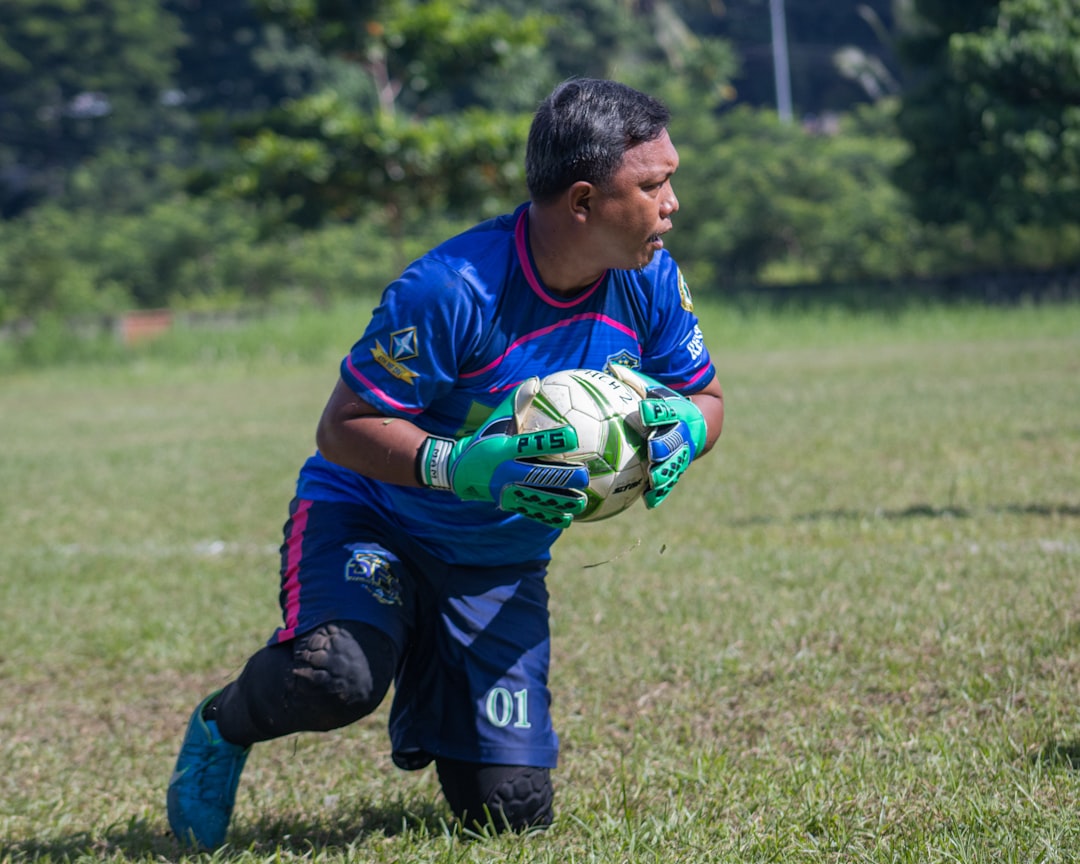In the world of soccer, goalkeepers are often seen as the last line of defense. But they do much more than just stop shots. One of their most important jobs is distribution — passing the ball to teammates to start attacks. This part of the game is becoming more and more important.
Modern goalkeepers don’t just punt the ball long anymore. They use a wide range of passing techniques. They make short, smart passes. They find open players. They launch quick counterattacks. It’s not just about stopping goals. Now, it’s also about starting them.
Types of Goalkeeper Distribution
Goalkeepers today have several ways to distribute the ball. Let’s look at the most common methods:
- Throws: For short and accurate passes. Great for fast breakouts.
- Rolls: A safe and controlled way to give the ball to defenders.
- Short Passes: Used to play out from the back. Requires a good first touch and vision.
- Long Passes: These can switch the play or start an attack. Must be accurate over longer distances.
- Punts: Used to send the ball far up the field. Less common in modern tactics but still useful.

Each type of pass has a purpose. Great goalkeepers know when to use which one.
Why It Matters
In today’s game, speed and control are key. When a keeper can quickly choose the right pass, it leads to more scoring chances. A good pass can bypass five players. A poor one can lead to losing the ball near your own goal.
Top goalkeepers like Ederson and Alisson are famous for their distribution. They’re as skilled with their feet as they are with their hands. Teams rely on them to start attacks with smart passes. That’s a lot of pressure!
The Science Behind It
Goalkeeper distribution involves timing, angles, and decision-making. Here’s what makes it work:
- Vision: The keeper has to scan the field quickly.
- Accuracy: Long or short, the pass must hit its target.
- Timing: Deliver the pass before the pressure arrives.
- Footwork: Good positioning leads to better kicking.
Teams practice this in training all the time. Goalkeepers do drills with passing targets. They work with defenders to perfect short builds from the back. It looks easy, but it takes tons of practice.
Still, Don’t Forget Their #1 Job…
Goalkeepers are still, first and foremost, shot-stoppers. Making a great save can be the difference between winning and losing.

Saves come in all shapes and sizes:
- Shot-stopping: Reacting fast and diving to stop the ball.
- One-on-ones: Rushing out to make yourself big.
- Crosses: Timing the jump to catch or punch the ball.
Even distribution starts with saves. A quick save followed by a fast throw can catch the other team off guard. This is known as a “transition moment.” It’s a big part of modern tactics.
Some of the greatest saves turn into goal-scoring plays just seconds later. That’s the magic of goalkeeper distribution!
The Modern GK: All-in-One Athlete
Today’s top goalkeepers are:
- Smart: They read the game like midfielders.
- Skilled: They pass like defenders or even wingers.
- Athletic: They fly through the air to make saves.
Fans used to cheer a goalkeeper for a big save. Now, they also cheer for a perfect long pass to a striker. The keeper is no longer just the guy in gloves — he’s the first playmaker.

Final Whistle
Goalkeeper distribution is changing the game. It turns defense into attack. It makes keepers more important than ever. So next time you watch a match, keep an eye on the goalkeeper — not just when he’s saving shots, but when he’s passing, rolling, or throwing. You just might see the start of something amazing.
